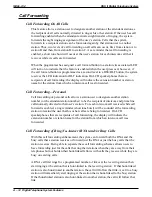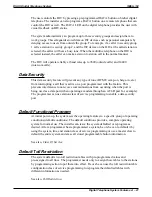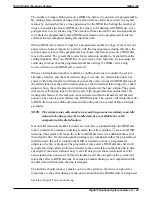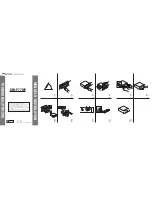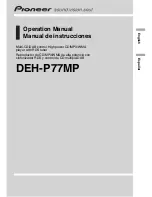
(seven-, eight-, and eleven-digit Caller ID numbers are already in a format that can be
dialed and do not need to be transformed.)
The system will dial those numbers that are present in the 6-digit table as local calls even
if they are in different area codes.
All Caller ID features require that the Caller ID decoder device (product code CID08)
deliver Caller ID data to the system’s RS-232 data port B. The programmer must
configure this port to match the output of the Caller ID decoder device. The
recommended configuration is 9600 baud, with eight data bits and one stop bit. The
programmer must use VDT programming to do this.
Caller ID distribution is in the form of messages which specify the Caller ID data for
lines with incoming calls, and identify the stations answering such lines. The data is in
the ASCII format and is suitable for use with PC-based application programs.
Calling Station Identification On BLF
If a user has stored the station number of a calling station into the direct station
select/busy lamp field (DSS/BLF) of his or her station, the flashing of the corresponding
BLF light will identify the caller. The BLF lights also indicate the status of the DSS
telephone using the department pilot number.
Class Of Service
Block Programming
A programmer can assign a particular line or station’s class of service to an entire block
of lines or stations with one programming action. This feature eliminates the need for
him or her to individually program stations and lines with the same class of service. A
programmer can perform a block programming class of service after he or she has
programmed a station class of service or line class of service for a particular station or
line.
Class Of Service Programming (From Main Station)
Class of service (COS) programming is used by the installer/programmer to configure
and assign all system, line, station, and special purpose operating features. The
installer/programmer enters COS programming by dialing an access code over the
intercom line. System administrators can enter COS programming with another code to
reprogram any system, station, or special purpose operating feature that may require
change at a later date. Line reprogramming ability is not available through system
administration programming. The system attendant can reprogram certain system-wide
IMI66–132
DSU II Digital Telephone System
A – 16 Digital Telephone System Features
Summary of Contents for DSU II
Page 31: ......











